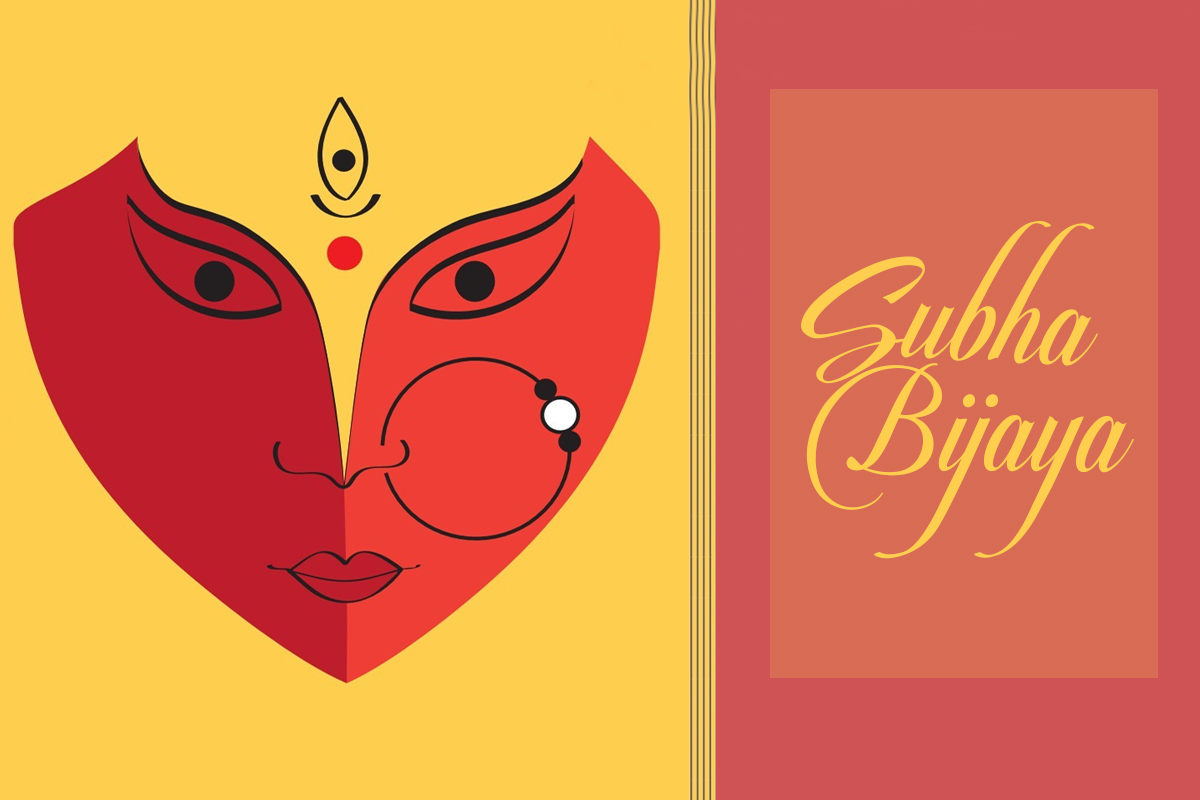The Rath Yatra, scheduled on June 23, is the most important festival in Odisha attended by over a million devotees who throng Puri town for the 10-day long festival. During the annual event, devotees from all over the world throng to Puri with an earnest desire to help to pull the Lords' chariots. They consider this an auspicious act. The huge processions accompanying the chariots play devotional songs with drums, sounding plates of bell metal, cymbals, etc.
The history & significance of the Rath Yatra:
Vishnu (Lord of the universe) is a deity worshipped in regional traditions of Hinduism and Buddhism in India and Bangladesh. Jagannath is considered a form of Vishnu. He is part of a triad along with his brother Balabhadra and sister Subhadra. The festival marks the annual ceremonial procession of Lord Jagannath, his elder brother Balabhadra and younger sister Subhadra, from their home temple to another temple, located in what is believed to be their aunt's home.
The significance of the Rath Yatra is immense for a person, who longs for spiritual merit and final liberation. It is believed that anyone who pulls the rope linked to the chariots of the deities and helps others also in doing so or merely touches the rope or chariots, gets the merit of several penances.

Who made the Jagannath Temple?
king Anantavarman Chodaganga
The temple was built by the Ganga dynasty king Anantavarman Chodaganga in the 12th century CE, as suggested by the Kendupatna copper-plate inscription of his descendant Narasimhadeva II.

You May Read:☟
☞ Rath Yatra, June 23, 2020: History & significance of Lord Jagannath’s chariot festival
☞ International Olympic Day 2020: Quotes,History and Objectives
The world-famous Rath Yatra festival is a nine-day long celebration held in the seaside pilgrim town of Puri (Odisha) and various other Lord Jagannath temples located across the world. This year, Supreme Court Agrees to Allow Rath Yatra, But Only at Puri and With Restrictions in view of Covid-19 pandemic.




No comments:
Post a Comment